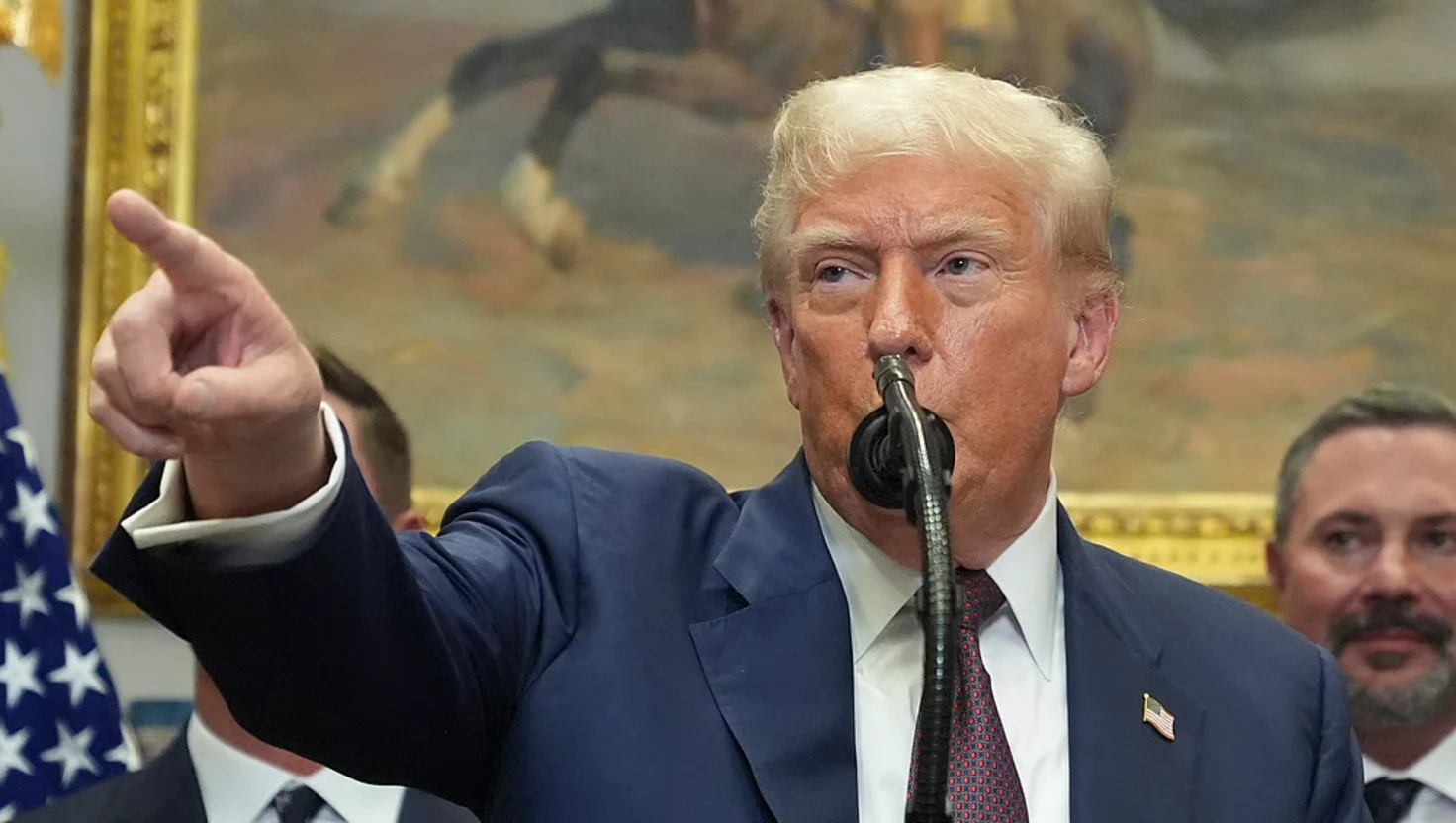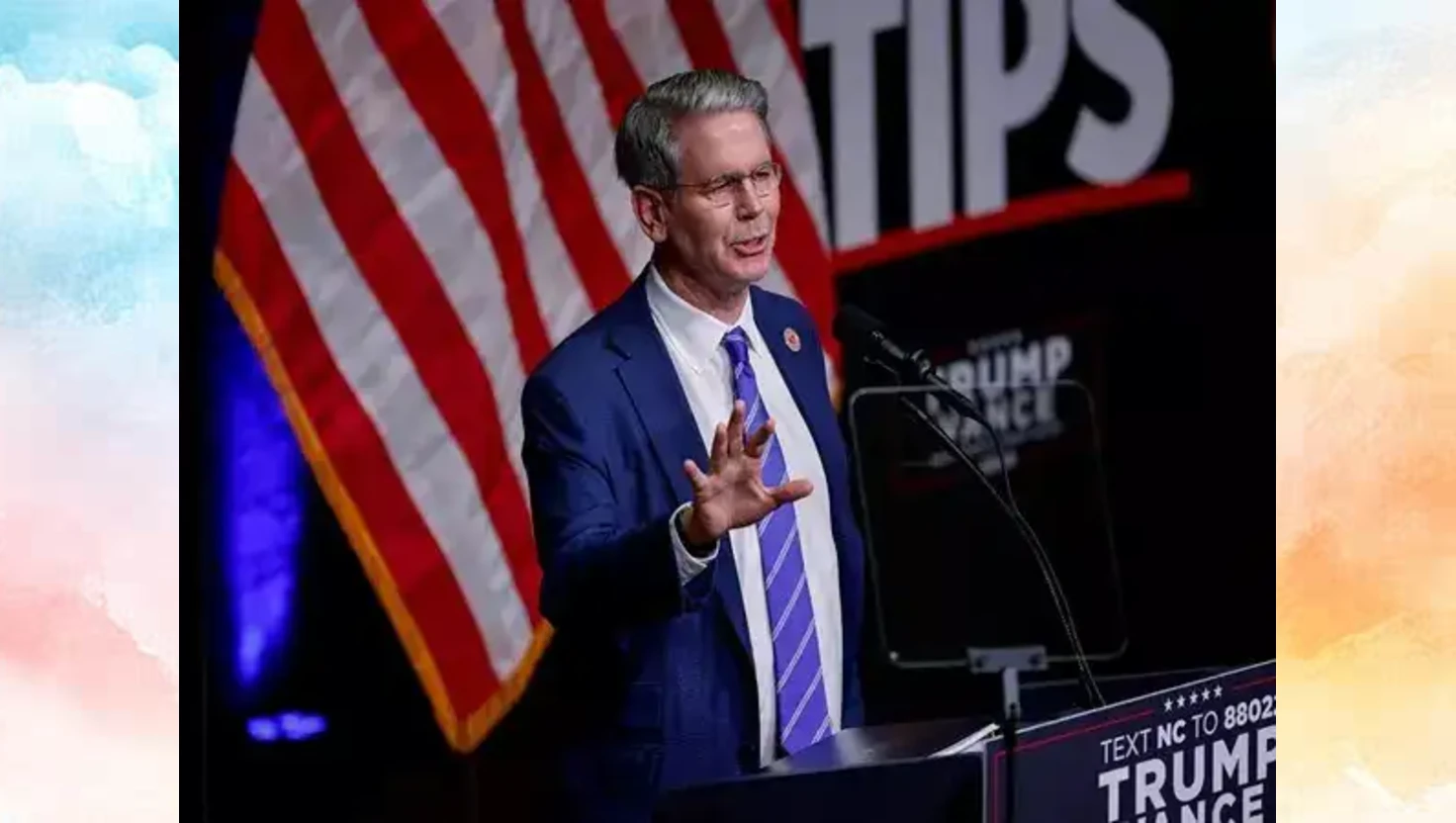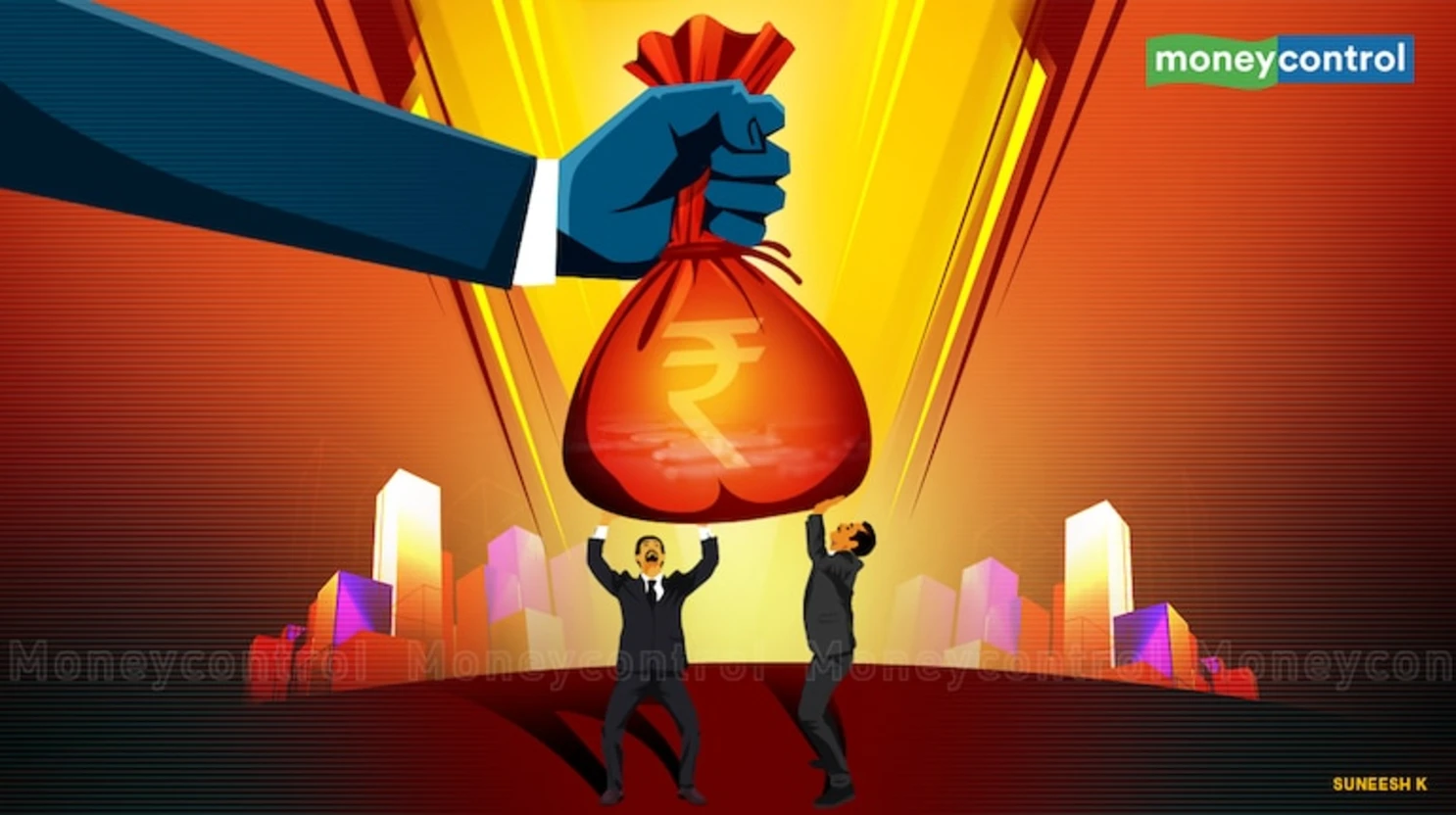US Imposes 25% Tariff on India as Trump Reshapes Global Trade Duties

US Imposes 25% Tariff on India as Trump Reshapes Global Trade Duties
The United States has announced a 25% tariff on Indian exports starting 7 August, as President Trump unveils sweeping trade duty revisions for nearly 70 countries.
The announcement was made through an Executive Order titled Further Modifying the Reciprocal Tariff Rates, which outlines revised tariff structures as part of a broader effort by the Trump administration to pressure trading partners into aligning more closely with US economic and national security interests.
India is among several countries now facing increased trade duties, with the new 25 percent levy set to apply to goods entering the US market from 7 August. According to the White House, these changes form part of a strategy to reduce the US trade deficit and to counter what it considers imbalanced trading relationships.
In a statement accompanying the order, President Trump said: “Some trading partners have agreed to, or are on the verge of agreeing to, meaningful trade and security commitments with the United States.” He added that others had failed to make sufficient progress in negotiations or had taken inadequate steps to address US concerns.
Tariffs Affecting Global Trade Landscape
The new duties range from 10 to 40 percent across nearly 70 countries. Among the higher tariffs, Syria faces a 41 percent duty, while Laos and Myanmar are each subject to 40 percent. In contrast, countries like Brazil (10 percent), Japan (15 percent), and the United Kingdom (10 percent) have been levied lower rates.
India’s 25 percent tariff places it among the more heavily penalised economies. Meanwhile, regional competitors such as Pakistan (19 percent), Bangladesh (20 percent), and Vietnam (20 percent) have received comparatively lower rates. This could affect India's competitiveness in key export sectors like electronics, ready-made garments, and footwear.
The White House’s decision is likely to have significant consequences for India’s trade balance, especially given that countries with overlapping export profiles are receiving more favourable treatment.
US-India Trade Tensions
President Trump has repeatedly expressed frustration with India’s trade policies. Speaking on his social media platform Truth Social, he cited India’s high tariffs and regulatory barriers as key reasons for the new measures.
“India is our friend, but they have some of the highest tariffs in the world,” said Trump. “We have done very little business with them because their trade barriers are too strenuous and obnoxious.”
The President also criticised India’s longstanding military and energy ties with Russia, describing them as inconsistent with American national security objectives. “They [India] have always bought a vast majority of their military equipment from Russia, and are Russia’s largest buyer of energy, along with China,” he said.
Trump added that India’s participation in the BRICS grouping—comprising Brazil, Russia, India, China, and South Africa—posed a strategic challenge to the United States.
Ongoing Trade Talks Stalled
The move comes amid stalled trade negotiations between India and the US, which have failed to produce consensus on key issues such as agricultural imports and access to domestic markets. The United States has reportedly pushed for greater access to India’s dairy and genetically modified agricultural sectors—areas where India has regulatory and political sensitivities.
India, on the other hand, has been seeking better market access for its textiles, leather, and footwear products. However, progress has been limited, partly due to regulatory differences and concerns over domestic economic impacts.
According to White House economic adviser Kevin Hassett, “President Trump is frustrated with the progress we’ve made with India but feels that a 25 percent tariff will address and remedy the situation in a way that’s good for the American people.”
A report by the United States Trade Representative (USTR) earlier this year criticised India’s biotechnology approval processes for being slow and opaque, adding that they do not appear to incorporate science-based criteria from exporting countries.
Wider Implications for Indian Exporters
The tariff increase could disproportionately affect Indian exporters in labour-intensive sectors. Countries such as Vietnam and Malaysia—both of which now face tariffs of 19 to 20 percent—are expected to benefit from relatively lower duties in sectors like electronics and footwear, directly competing with Indian manufacturers.
The textile and garment industry may also face new challenges. Bangladesh, which has been levied a 20 percent tariff, remains a strong competitor in the global apparel market and could erode India’s share in the US.
Meanwhile, Pakistan’s more favourable tariff treatment follows its recent agreement with Washington to explore cooperation in energy development, despite previous setbacks in oil exploration.
Context:
India and the United States have shared a complex trade relationship, marked by growing economic ties but also recurring disputes over market access, tariffs, and regulatory norms.
While both sides have expressed willingness to deepen their strategic and economic partnership, progress has often been hindered by differing priorities. India has historically maintained protective tariffs to support its domestic industries, while the US has pushed for a more liberalised approach, particularly in agriculture and technology sectors.
The imposition of a 25 percent tariff underscores the Trump administration’s broader shift toward what it terms “reciprocal” trade policies. It also reflects the geopolitical undercurrents of global economic alignments, particularly in the context of BRICS, where India has sought to expand cooperation with Russia and China despite mounting Western sanctions against Moscow.
As the August 7 deadline approaches, Indian policymakers are expected to assess both the economic and diplomatic ramifications of the new US tariffs, with attention focused on whether negotiations can resume to avert long-term trade friction.

India has not been great global actor, says US Treasury Secretary
The United States will impose a 25% tariff on Indian imports from 1 August amid stalled trade talks and concerns over India’s ties with Russia.
| 2025-08-01

India 'studying' US President Trump's 25% tariff threat
India's government vows to protect national interests following US President Trump's announcement of new tariffs on Indian goods.
| 2025-07-31

Chile Upgrades Tsunami Warning To The Highest Level After Russian Earthquake
An 8.8 magnitude earthquake off Russia's coast prompts tsunami warnings in South America, Hawaii, and Japan, leading to widespread evacuations.
| 2025-07-31

W Health Ventures Unveils $70 Million Fund II to Ignite Healthcare Startups
W Health Ventures launches a $70 million fund to foster healthcare innovation in India, focusing on building companies from scratch.
| 2025-07-31

Tata Motors Targets $4.5 Billion Acquisition of Iveco Truck Division
Tata Motors is set to acquire Italian truck manufacturer Iveco for $4.5 billion, marking a significant expansion for the automotive group.
| 2025-07-31




